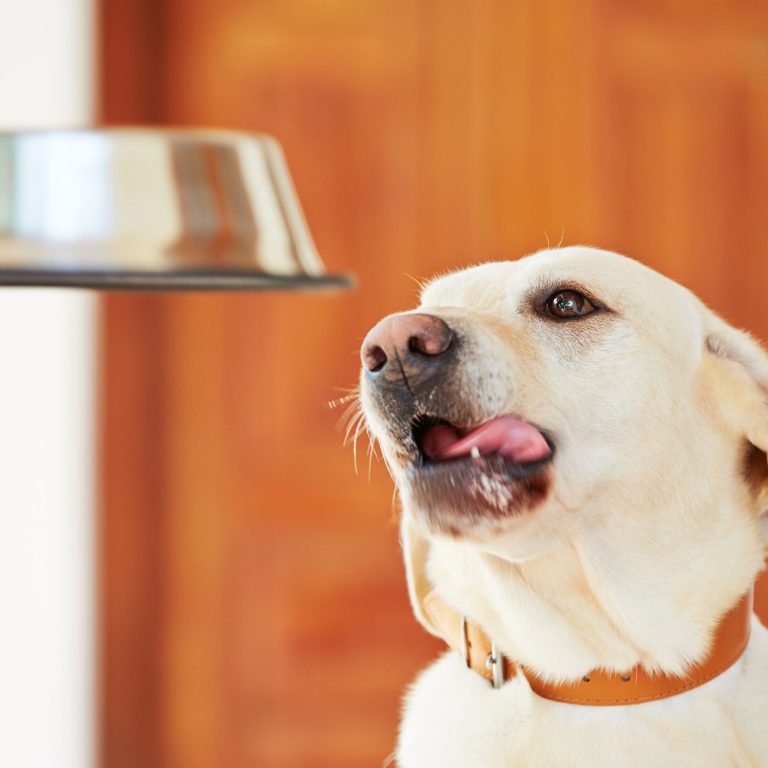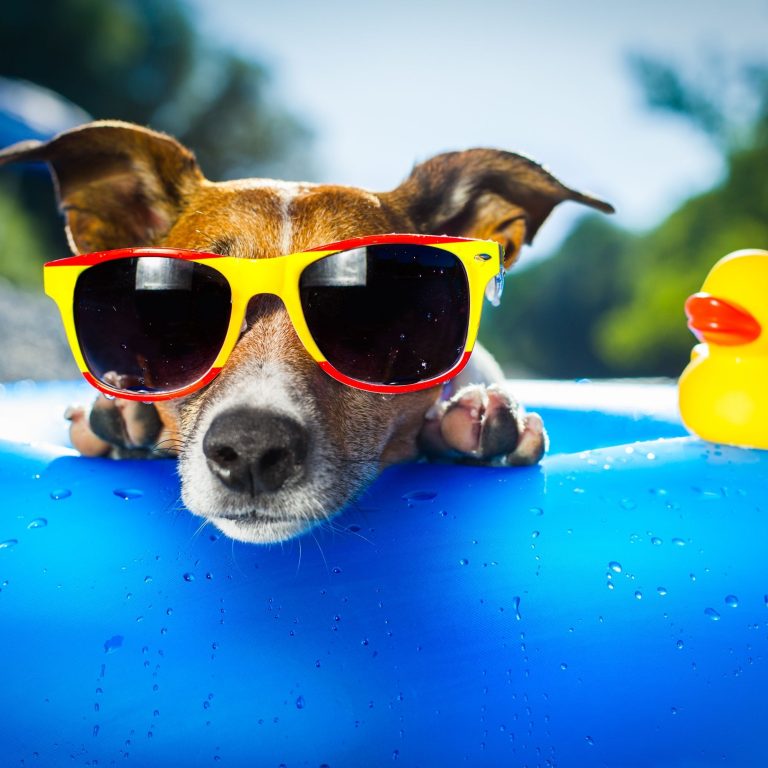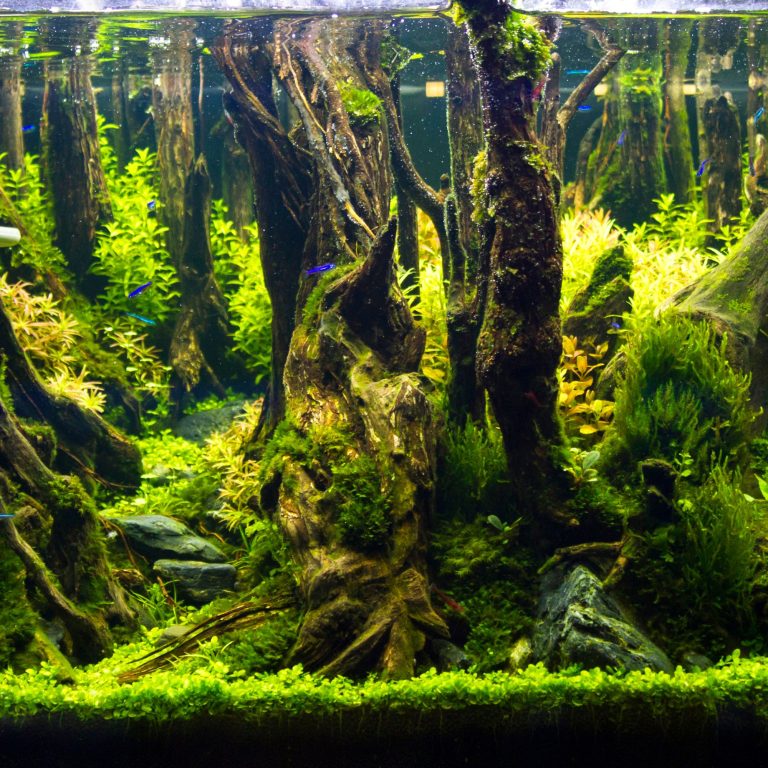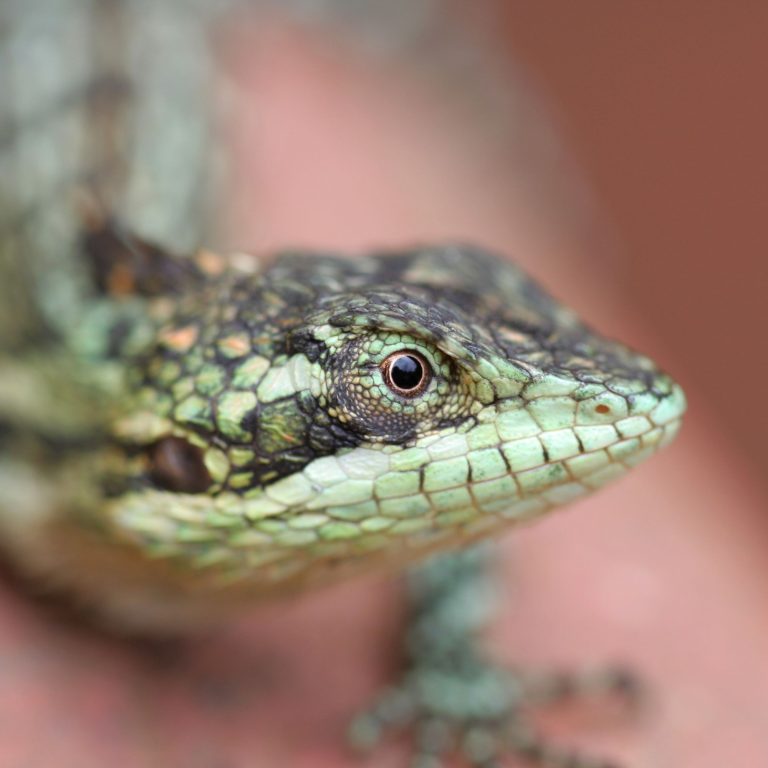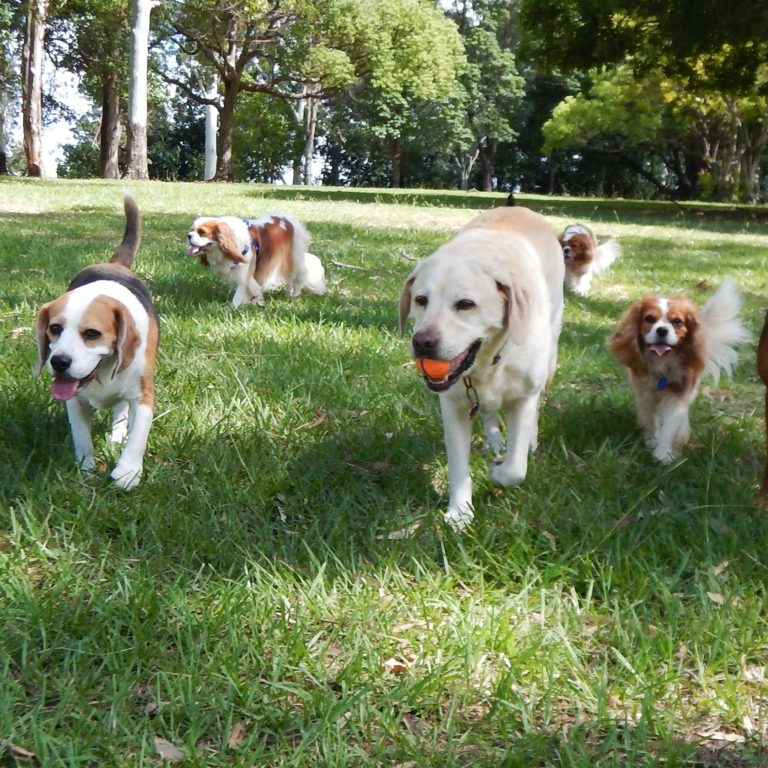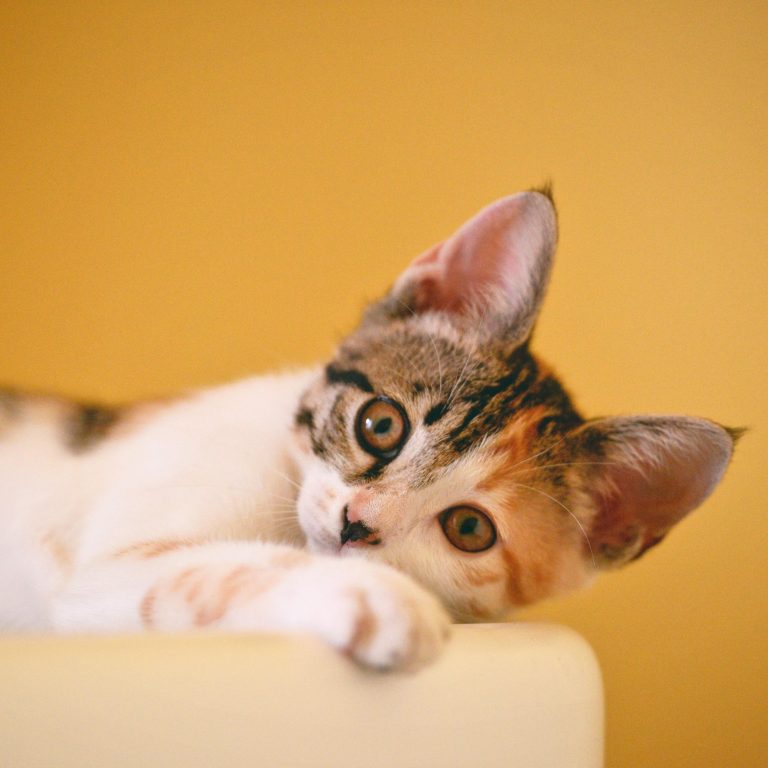Puzzling Fun: DIY Puzzle Toys for Cats to Keep Them Entertained
Engaging Your Feline Friend
When it comes to keeping your cat entertained and mentally stimulated, puzzle toys are a fantastic option. These interactive toys provide your feline friend with a fun and engaging way to satisfy their natural instincts and combat boredom. In this section, we will explore the importance of mental stimulation for cats and how introducing puzzle toys can enhance their lives.
The Importance of Mental Stimulation for Cats
Just like humans, cats also require mental stimulation to lead happy and fulfilling lives. Mental stimulation helps prevent boredom, reduces stress, and promotes overall well-being. Without appropriate mental engagement, cats may exhibit unwanted behaviors such as excessive scratching, aggression, or even overeating. Providing mental stimulation through puzzle toys can help redirect their energy towards positive and engaging activities.
Puzzle toys challenge your cat’s problem-solving abilities and encourage them to use their natural hunting instincts. By engaging in these activities, your cat can experience a sense of accomplishment and fulfillment. Mental stimulation is particularly crucial for indoor cats who may not have access to the same level of environmental enrichment as outdoor cats. Introducing puzzle toys can help bridge this gap and provide them with the mental engagement they need.
Introducing Puzzle Toys for Cats
When introducing puzzle toys to your cat, it’s essential to start with toys that match their skill level and interests. Some cats may be more inclined towards treat-based puzzle toys, while others may enjoy toys that require problem-solving. By observing your cat’s preferences and abilities, you can choose the most suitable puzzle toys to keep them engaged.
You can begin by selecting puzzle toys that are specifically designed for cats. These toys often have compartments or hidden areas where treats or kibble can be placed. As your cat interacts with the toy, they need to figure out how to access the treats, keeping them engaged and entertained. For a variety of puzzle treat toys, check out our article on puzzle treat toys for cats.
Another option is interactive puzzle toys that require your cat to solve a specific task to retrieve a reward. These toys can vary from puzzles that require pawing or sliding to more complex problem-solving toys. They provide mental stimulation and encourage your cat to think and strategize while playing. For a wider range of puzzle toy options, including those suitable for playtime and problem-solving, explore our article on best puzzle toys for cats.
When introducing puzzle toys, it’s important to supervise your cat initially to ensure they are using the toy correctly and safely. This also allows you to observe their interaction and provide encouragement and support as needed. Regularly rotating and varying the puzzle toys can help prevent your cat from getting bored and maintain their interest. Additionally, observing your cat’s preferences and abilities can guide you in selecting the most engaging puzzle toys for them. For more information on puzzle toys for specific cat types, such as kittens, indoor cats, or senior cats, refer to our articles on puzzle toys for kittens, puzzle toys for indoor cats, and puzzle toys for senior cats.
By introducing puzzle toys into your cat’s playtime routine, you can provide them with mental stimulation, reduce boredom, and encourage their natural instincts. With a wide variety of puzzle toys available, you can find the perfect options to keep your feline friend entertained and engaged.
DIY Puzzle Toy Ideas
If you’re looking for a fun and engaging way to keep your feline friend entertained, DIY puzzle toys are a fantastic option. Not only do they provide mental stimulation for your cat, but they also encourage natural instincts and behaviors. Here are three simple and creative DIY puzzle toy ideas that you can try at home:
Simple Treat Dispenser
A simple treat dispenser is an excellent way to engage your cat’s hunting instincts while rewarding them with tasty treats. Here’s how you can make one:
Materials:
- Empty plastic bottle (with a screw-on cap)
- Small treats or dry kibble
Instructions:
- Clean and dry the plastic bottle thoroughly.
- Make small holes in the bottle’s cap using a sharp object, such as a knife or a heated needle. Ensure that the holes are large enough for the treats to pass through.
- Fill the bottle with your cat’s favorite treats or dry kibble.
- Screw the cap back onto the bottle.
- Place the treat dispenser on the floor or in your cat’s play area, and let your furry friend figure out how to roll or bat the bottle to dispense the treats.
Cardboard Box Hide-and-Seek
Cats love exploring and hiding in small spaces, making a cardboard box hide-and-seek puzzle toy a perfect choice. Here’s how you can create one:
Materials:
- Cardboard box (size depends on your cat’s preference)
- Scissors or a craft knife
Instructions:
- Take a cardboard box and remove any flaps or tape.
- Cut several holes of different sizes on the sides and top of the box, leaving enough space for your cat to comfortably stick their paw through.
- Place a few treats or small toys inside the box.
- Close the box, leaving a small opening for your cat to access the treats or toys.
- Set the box on the floor or in your cat’s play area, and watch as they explore and discover the hidden treasures.
Toilet Paper Roll Treat Puzzle
The toilet paper roll treat puzzle is a simple DIY toy that provides mental stimulation for your cat. Here’s how you can make one:
Materials:
- Empty toilet paper roll
- Scissors
- Small treats or dry kibble
Instructions:
- Flatten the toilet paper roll and make two small cuts across the roll, about 1 inch apart.
- Repeat this process on the other side, ensuring that the cuts align with the first set.
- Fold the ends of the roll inward to create a closed tube, with the cuts acting as openings.
- Fill the roll with your cat’s favorite treats or dry kibble.
- Place the treat-filled roll on the floor, and watch as your cat tries to extract the treats by batting and manipulating the roll.
By crafting these DIY puzzle toys, you can provide your cat with hours of entertainment and mental stimulation. Remember to supervise your cat during playtime and adjust the difficulty level of the puzzles based on their preferences and abilities. For more ideas and information on puzzle toys for cats, check out our article on puzzle treat toys for cats.
Crafting Puzzle Toys
If you’re up for a fun and rewarding DIY project, why not try crafting puzzle toys for your beloved feline companion? Creating puzzle toys is a great way to provide mental stimulation and entertainment for your cat. In this section, we’ll explore the materials you’ll need and provide step-by-step instructions for crafting these engaging toys.
Materials You’ll Need
Before you get started, gather the following materials to create your own puzzle toys for cats:
-
Cardboard: Collect sturdy cardboard from old boxes or purchase it from a local craft store. Ensure that it’s thick enough to withstand your cat’s play.
-
Scissors or a Utility Knife: Use scissors or a utility knife to cut and shape the cardboard pieces.
-
Tape or Non-Toxic Glue: You’ll need tape or non-toxic glue to secure the cardboard pieces together.
-
Treats or Catnip: Treats or catnip will be used to entice and reward your cat during playtime.
With these materials on hand, you’re ready to create engaging puzzle toys that will keep your cat entertained.
Step-by-Step Instructions
Follow these step-by-step instructions to craft your own puzzle toys for your feline friend:
-
Choose the Design: Decide on the type of puzzle toy you want to create. You can opt for a treat dispenser, a hide-and-seek box, or a treat puzzle. Let your creativity shine!
-
Measure and Cut the Cardboard: Measure and cut the cardboard into the desired shapes for your puzzle toy. Ensure that the pieces are large enough for your cat to interact with but not too small that they may pose a choking hazard.
-
Assemble the Toy: Use tape or non-toxic glue to assemble the cardboard pieces together. Make sure the toy is sturdy and secure, as cats can be quite enthusiastic during playtime.
-
Add the Treats or Catnip: Incorporate treats or catnip into the puzzle toy to make it enticing for your cat. Place the treats in hidden compartments or sprinkle catnip in strategic areas.
-
Introduce the Toy to Your Cat: Present the completed puzzle toy to your cat and observe their reaction. Encourage them to interact with the toy and discover the hidden treats. You can also guide them by demonstrating how to use the toy.
Remember, the joy of crafting puzzle toys lies in experimentation and customization. Feel free to adjust the designs and difficulty levels based on your cat’s preferences and abilities. For more ideas on puzzle toys, check out our article on puzzle treat toys for cats.
Crafting puzzle toys for your cat not only provides entertainment but also promotes mental stimulation and problem-solving skills. Enjoy the process of creating these toys and watch as your feline friend embraces the challenge and delights in the rewards!
Safety Considerations
As you embark on creating DIY puzzle toys for your beloved feline friend, it’s crucial to consider their safety. Here are some important safety considerations to keep in mind when crafting and using puzzle toys for cats.
Choosing Cat-Safe Materials
When selecting materials for your DIY puzzle toys, it’s essential to choose ones that are safe for your cat to interact with. Avoid using materials that could be harmful if ingested or pose a choking hazard. Opt for non-toxic and durable materials that can withstand your cat’s playfulness and curiosity.
Here are some cat-safe materials commonly used in DIY puzzle toys:
| Material | Description |
|---|---|
| Cardboard | Sturdy and safe for cats to scratch and chew on. |
| Plastic Bottles | Ensure the bottle is clean, with no sharp edges or small parts that can be chewed off. |
| Fabric | Choose non-toxic fabrics without loose threads or small embellishments that can be swallowed. |
| Food-Grade Silicone | Safe for cats to lick and interact with. Avoid using silicone with added colors or fragrances. |
When in doubt, refer to our article on puzzle toys for cats for additional guidance on choosing the right materials.
Supervision and Monitoring
While puzzle toys provide mental stimulation and entertainment for your cat, it’s important to supervise their playtime. Keep a watchful eye to ensure your cat is engaging with the toy as intended and not exhibiting any behavior that may lead to injury.
Regularly inspect the puzzle toys for any signs of wear and tear or loose parts that could pose a danger to your cat. If you notice any damage, promptly repair or replace the toy to maintain a safe play environment.
Cleaning and Maintenance
Maintaining cleanliness is crucial to ensure the hygiene and safety of your cat’s puzzle toys. Regularly clean the toys to remove dirt, bacteria, and any potential allergens.
Here are some cleaning tips for different materials:
- Cardboard: Wipe clean with a damp cloth or discard and replace if heavily soiled.
- Plastic: Wash with mild soap and water, ensuring thorough rinsing to remove any soap residue.
- Fabric: Follow the manufacturer’s instructions for cleaning, or spot clean with pet-safe fabric cleaners.
By keeping your cat’s puzzle toys clean, you provide them with a safe and hygienic play experience.
As you immerse yourself in the world of DIY puzzle toys for cats, always prioritize your cat’s safety. Choose cat-safe materials, supervise their playtime, and maintain cleanliness to ensure a secure and enjoyable experience. Happy crafting!
Making the Most of Puzzle Toys
To ensure that your feline friend gets the most out of their puzzle toys, it’s important to consider a few key factors. By following these tips, you can enhance your cat’s experience and keep them engaged and entertained for hours.
Introducing the Toy to Your Cat
When introducing a new puzzle toy to your cat, it’s essential to make the experience positive and exciting. Place the toy in an area where your cat spends most of their time, such as their play area or near their favorite resting spot. Encourage your cat to investigate the toy by using treats or their favorite toys to pique their curiosity.
Patience is key during the introduction phase. Cats may take some time to warm up to new toys, especially if they are unfamiliar with puzzle toys. If your cat seems hesitant, try sprinkling some treats near or inside the toy to entice them further. Remember, each cat is unique, and their interest in puzzle toys may vary. Be patient and allow your cat to explore the toy at their own pace.
Rotating and Varying Puzzle Toys
To keep your cat engaged and prevent boredom, it’s important to rotate and vary the puzzle toys you offer them. Cats can quickly lose interest in toys that they encounter every day. By rotating between different puzzle toys, you can keep their playtime fresh and exciting.
Consider having a collection of puzzle toys and introducing a new one every few days. This allows your cat to experience different types of challenges and mental stimulation. You can explore various puzzle toys for cats, such as puzzle treat toys for cats, interactive puzzle toys for cats, and puzzle feeder toys for cats. Varying the complexity of the puzzles can also provide different levels of challenge for your cat.
Observing Your Cat’s Preferences and Abilities
Every cat has unique preferences and abilities when it comes to puzzle toys. Observe how your cat interacts with different types of puzzles and take note of what keeps them engaged for longer periods. Some cats may prefer puzzles that require problem-solving skills, while others may enjoy toys that provide physical challenges.
By understanding your cat’s preferences and abilities, you can select puzzle toys that align with their interests and capabilities. For example, if your cat enjoys using their paws, look for toys that require pawing or batting. On the other hand, if your cat enjoys using their nose, toys that involve scent or treat discovery may be more suitable.
Remember to consider your cat’s age and physical condition when selecting puzzle toys. There are puzzle toys designed specifically for kittens, senior cats, and indoor cats. By choosing toys that are appropriate for your cat’s age and abilities, you can ensure a safe and enjoyable playtime experience.
By following these tips, you can make the most of puzzle toys for your cat and provide them with hours of entertainment and mental stimulation. Remember to observe your cat’s preferences, rotate the toys, and introduce new puzzles gradually. With the right approach, puzzle toys can become an integral part of your cat’s playtime routine, keeping them happy, healthy, and engaged.


